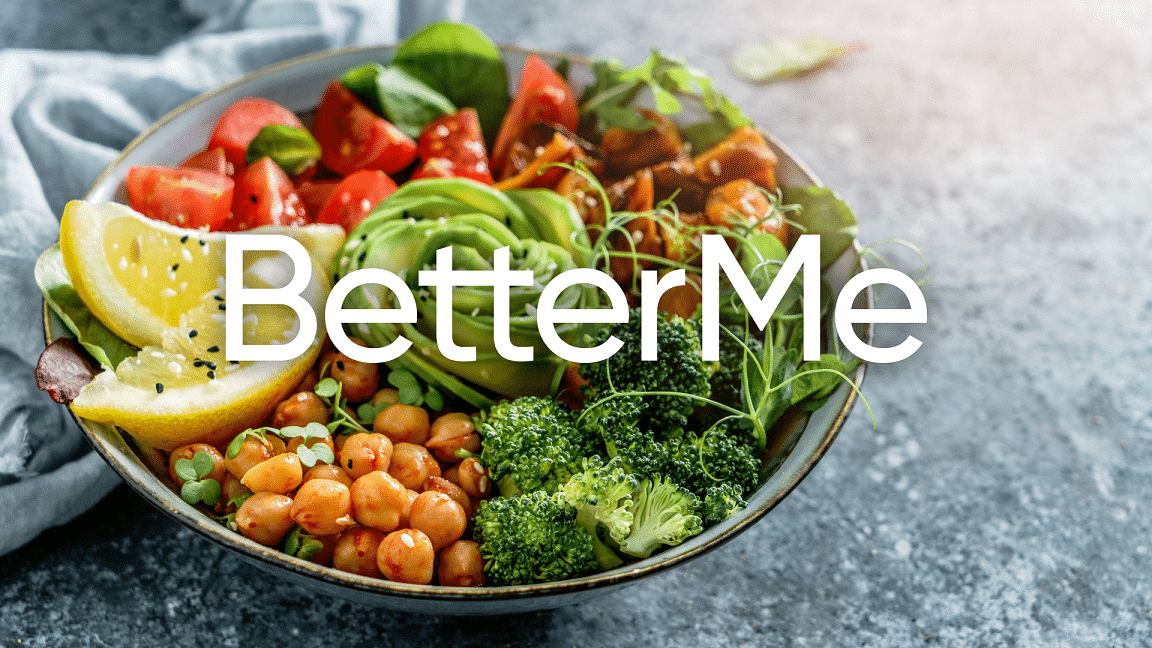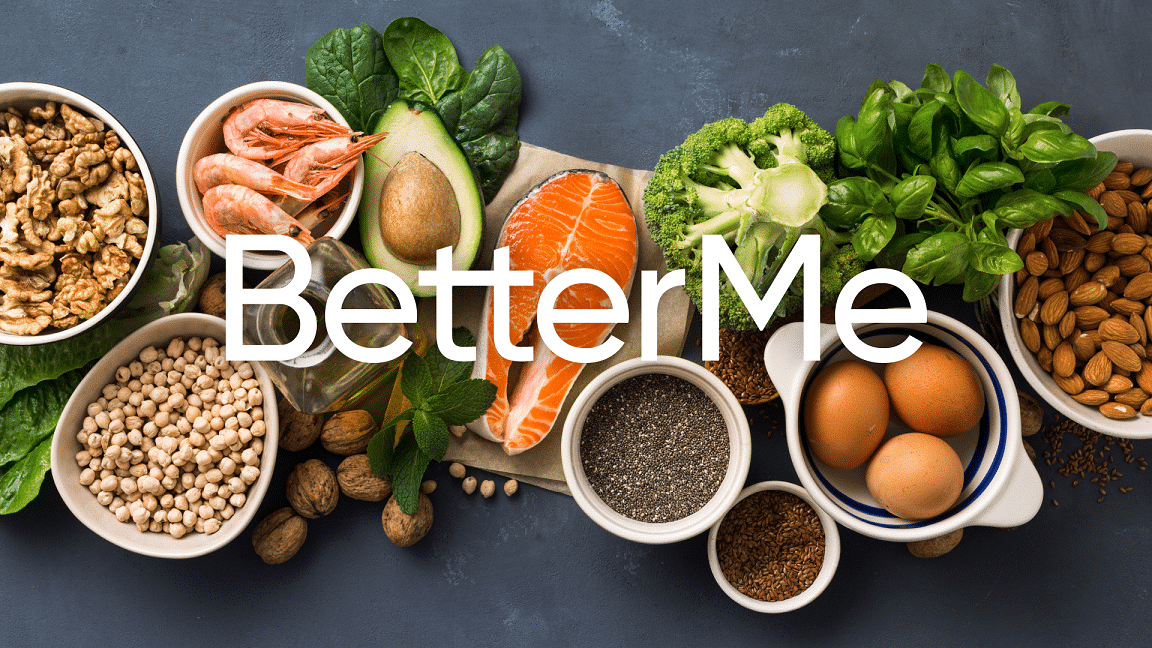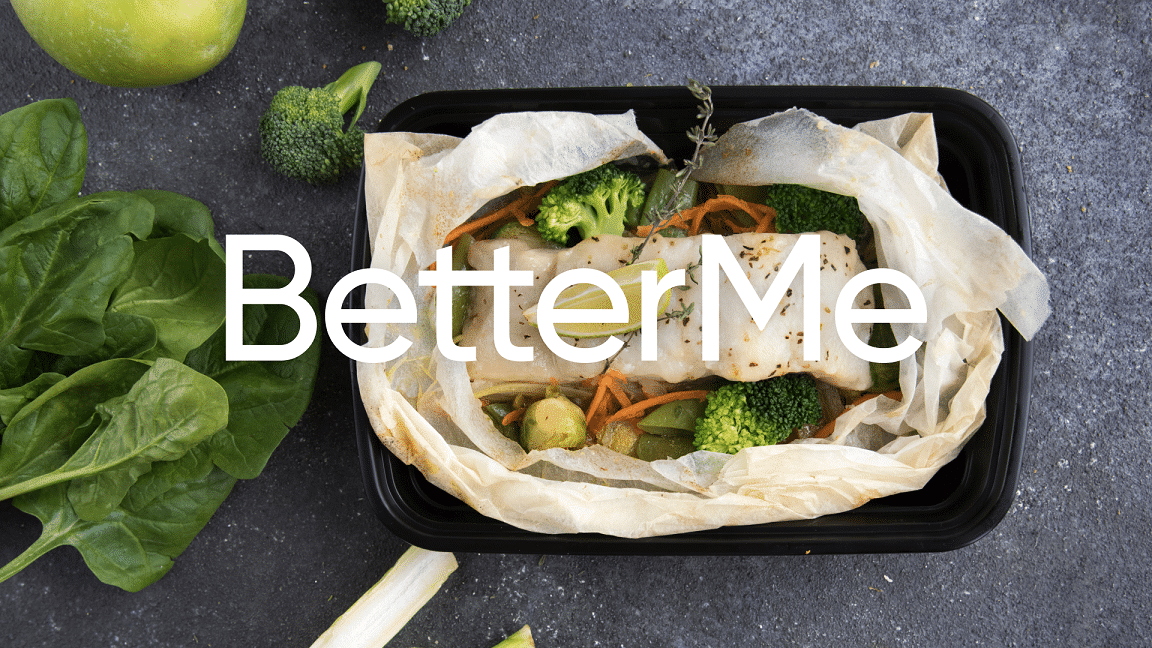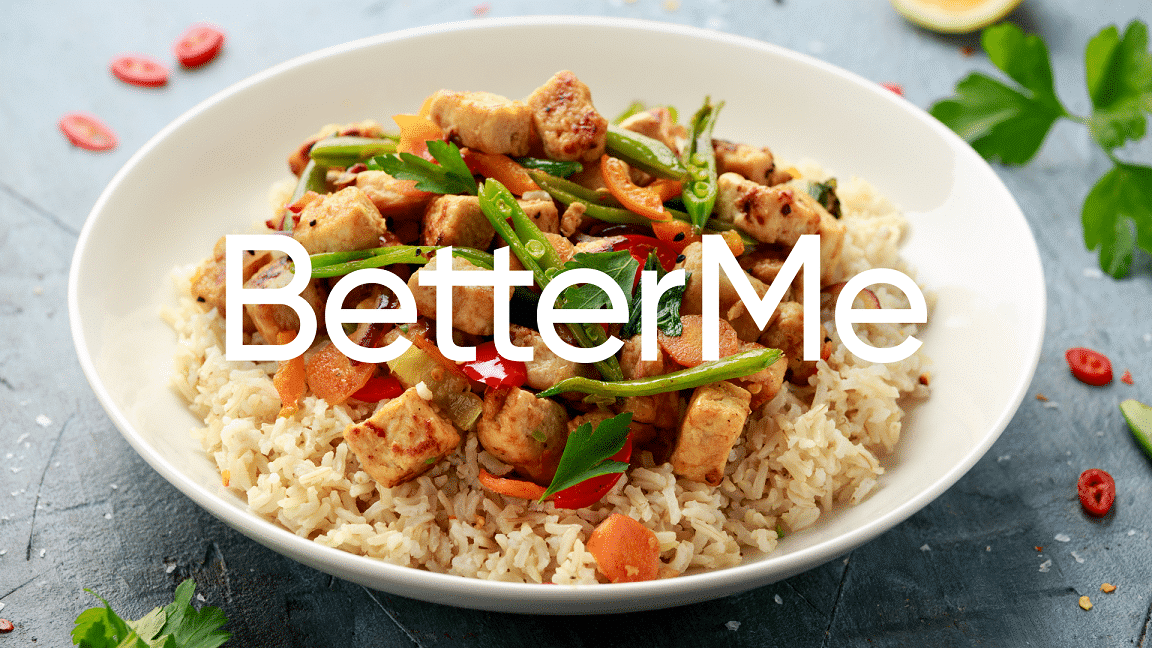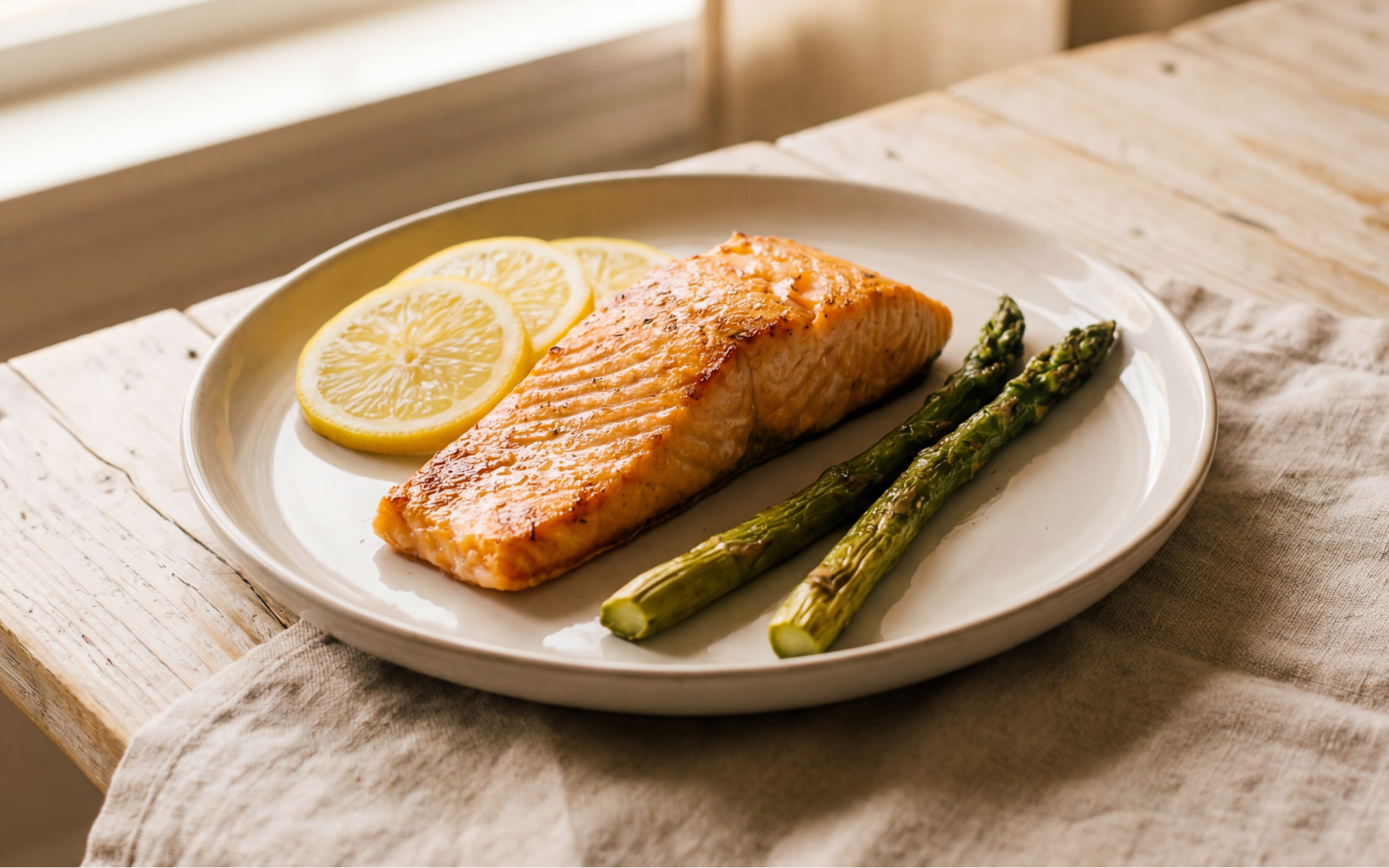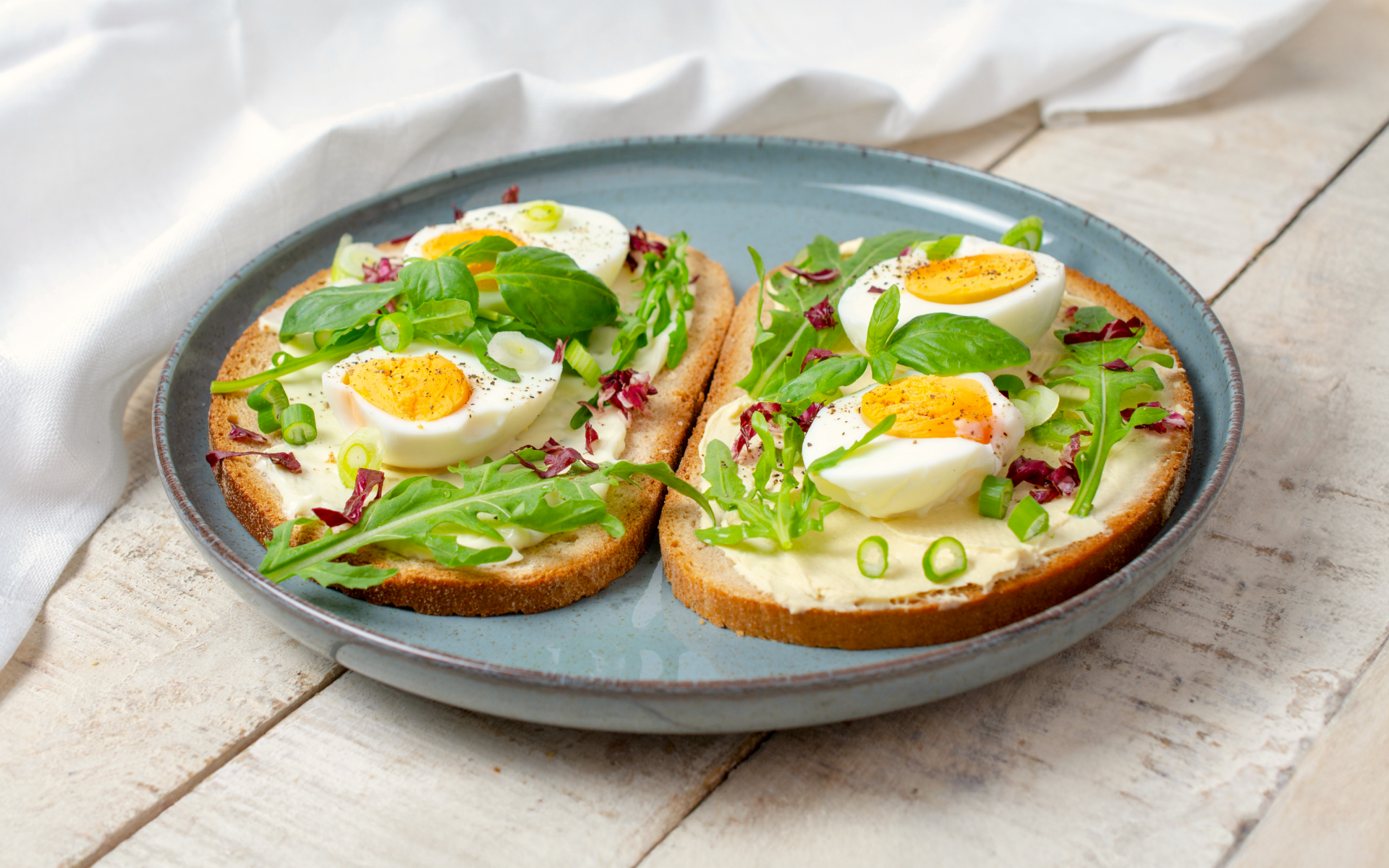Most popular diets advocate for eating fewer calories, reducing certain macros’ intake, or cutting off certain foods and food groups from one’s diet completely. Diets like the Keto diet, Vegan diet, 1200 calorie diet, intermediate fasting, and more fall into these categories. These diets are built on the principle of eating less to weigh less. What if we told you there is a diet built on the opposite of this principle? Yes, there is such a diet, and it is called reverse dieting. What is reverse dieting? Read on to learn more.
Get your personalized
meal plan!

Reverses Dieting 101
This diet is also known as the diet after the diet, as it involves slowly increasing your daily calorie intake to boost your metabolism and prevent weight regain after dieting (9). People usually jump into this diet after jumping out of a restrictive diet so that it can help them go back to their normal eating habits without gaining extra pounds.
When it comes to weight management, most people know that even though losing weight is hard, keeping off the lost weight and preventing weight regain is even harder (11). This is especially true if you used a restrictive diet to lose weight. Once you come out of the diet, you are likely to experience food cravings and end up eating more than you should. In addition to eating more calories, your body still has a slow metabolism that came up during the restrictive diet period. This means not so many calories are burned, and these are some of the reasons people end up regaining even more weight than they had before they started dieting.
Whether you’re looking to simply pep up your fitness routine, jazz up your diet with mouth-watering low-calorie recipes or want to get your act together and significantly drop that number on your scale – BetterMe app has got you covered! Improve your body and revamp your life with us!
Reverse Dieting And Metabolism
The main idea behind reverse dieting is to counter the slow metabolism or famine metabolism, as some people call it (4). Famine metabolism is when your body adapts to a reduced intake of food by slowing its metabolism. This helps keep food inside the body for longer, and this is what happens when you are on a restrictive diet, as your body thinks it is being starved. As mentioned earlier, this is one of the reasons people gain weight as they have gone back to their normal eating habits, yet their metabolism is still slow.
Reverse dieting intends to counter this by increasing the number of calories gradually. This is believed to make the body come out of this adaptation since now there is more food, which increases metabolism. This seeks to use the increased metabolism to burn more calories than you increased in the diet, resulting in weight loss due to burning more than you consume. Your energy levels are likely to increase since you are now providing your body with enough food intake; hence, this diet aims to promote weight loss, increased metabolism, and high energy levels.
It is referred to as reverse dieting because, unlike most diets, it does not aim to create a calorie deficit by reducing one’s calorie intake but by increasing one’s metabolism. Although this might seem good on paper, let us dive into the mechanics of this diet.
How Reverse Dieting Works For Weight Loss?
Calories in, calories out is a concept known to many in the fitness world. It can be translated to when you eat more calories than you burn, you gain more weight, and when you eat fewer calories than you burn, you lose weight. One’s energy balance is a balance between what energy is consumed compared to what is used. A few different factors that affect energy intake and energy output are:
-
Energy Intake (3)
1. Appetite: This is usually affected by one’s hormones. The more appetite you have, the more energy you are likely to consume in the form of food.
2. Food consumption: This is usually affected by many factors like food availability, one’s palatability, and so on. The more food you consume, the more energy you will have.
3. Calories absorbed: More calories absorbed results in more energy.
4. Psychological factors: Things like stress, anxiety, and even quality of sleep may also affect one’s energy intake.
-
Energy Output (3)
1. Energy burned at rest. The more energy you burn at rest, the higher your energy output levels.
2. Energy burned through exercise. More exercise results in more energy output.
3. Energy burned by NEAT. NEAT is a non-exercise activity that helps burn calories. Walking is an example. The more energy you burn through non-exercise activities, the more your energy output is.
4. Energy is burned by metabolizing food.
As you can see, the energy balance is affected by other factors apart from food and exercise. One factor that most people forget is metabolic adaptation.
Read More: Calories In Calories Out: When Weight Loss Turns Into A Balancing Act
Types Of Metabolic Adaptation:The First Type
There are two types of metabolic adaptation that the body uses. The first one is referred to as the starvation response. This comes about when you eat less, and thus it is your body’s way of preparing for starvation. The body prepares for this by (3):
- Lowering your basal metabolic rate. This is the amount of energy your body uses while at rest. During the starvation response, your body looks to use the least amount of energy possible.
- Lowering the amount of energy you lose from exercising. Your body tends to reduce the number of calories it burns through movement and other forms of exercise.
- Slows your digestion process. This helps the food stay in the body for longer so that the body can absorb as many nutrients as it can.
- Exercising becomes difficult because you don’t have enough energy to cater to your energy needs while working out.
- It lowers the amount of energy lost through non-exercise activities like walking.
These adaptations help conserve as much energy for the body as possible during the period of low-calorie intake. That is why it would require someone who lost weight fewer calories to maintain their new-found weight than someone who didn’t lose weight. These adaptations make that difference.
The good thing about metabolic adaptation is that it works both ways.
Types Of Metabolic Adaptation: The Second Type
The second type of metabolic adaptation is referred to as adaptive thermogenesis. This is where your body adapts appropriately to an increase in calorie intake. In this second variation, your body is practically wasting calories as heat because there are plenty.
This response results in (3):
- An increase in the basal metabolic rate because of high amounts of calories. Thus, the body increases its metabolism to be able to burn all those calories.
- Your ability to work out becomes easier since you now have enough energy to do so.
- You start to burn more calories from non-exercise activities.
- Digestion goes back to its normal speed because the digestive system does not need to hold on to food as much as possible to absorb all the nutrients from it as there is now enough food.
These are the responses reverse dieting uses to lose weight. It is important to note that for reverse dieting to work, you have to increase your calorie intake gradually. If you increase a lot of calories at once, it will result in weight gain. A person is advised to increase their diet by 50 to 100 calories a week for 4-10 weeks (6).
What To Mind Before Trying The Diet?
Although this diet looks like something most people should try, there are certain things you should keep in mind before actually trying it. The first thing is that there is no assurance that this diet may work. This is because there is not enough scientific evidence that proves its effectiveness (8, 10). More research on this diet is needed. In addition to that, it is important to know that different people react differently to various diets and workout sessions. In reverse dieting, people mostly hope that their body and metabolism will adjust through increased non-exercise activities and other mechanisms. If your body reacts by increasing energy expenditure through these mechanisms, then the reverse diet will work for you; if it doesn’t, you might end up gaining some weight instead of losing some.
Since reverse dieting depends on our body’s adaptation, it is essential to know that age affects our ability to adapt. The older you are, the harder it is for your body to adjust. Metabolism also decreases with an increase in age. Young people tend to burn more calories while at rest compared to older people. This could translate to reverse dieting, but ineffective for some older people.
For reverse dieting to work, you need to be aware of your calorie intake since it requires a gradual increment. This helps you know how many calories you need to add each week and get better results. If you don’t know the exact number of calories you were taking in, you may end up adding too many calories, which may result in weight gain, failing to trigger the adaptive thermogenesis.
Who Should Try Reverse Dieting?
Just like most diets, this is not for everyone. The following groups of people should go for this diet are:
- People coming off of restrictive diets. If you are from a highly restrictive diet, and you don’t want to regain weight, this may be the diet for you (2). It is meant to help you go to your normal eating habits, at the same time preventing more weight loss.
- People trying to lose weight but are unable to stick to their calorie deficit diet as it is too low (2).
- People who want a little bit more freedom when it comes to food (2).
- Bodybuilders and other athletes in weight class sports (4).
If you struggle to even flirt with the idea of giving up your favorite foods or working out till your legs give way – BetterMe app is here to breathe a fresh perspective into the way you view the weight loss process! Check out the app and experience the fun side of fitness and dieting with BetterMe!
Who Shouldn’t Try Reverse Dieting?
Although this diet looks like roses and chocolates, most people should not try it. Needing to try this diet means that the weight loss methods you used were not very sustainable, and this is usually the case with most restrictive diets. There are healthy ways of losing weight without having to adopt a highly restrictive diet (7).
You can lose weight by eating foods of better quality. Go for natural whole foods instead of processed food. You can lose weight by balancing your meals, ensuring that your food has the right amount of macros. It is also possible to lose weight by exercising and keeping active. You can even lose weight by getting enough sleep and addressing issues related to emotional eating. All these are healthy ways that can help you shed pounds.
People who have also been told not to try this diet by a dietitian, nutritionist, or other health experts should not attempt to do so.
How To Successfully Reverse Diet?
There are a lot of things that go into this diet for it to be successful. Here are some of the things to consider if you’ve chosen reverse dieting as the way to go:
-
Plan Ahead
Just like everything in life, you need to plan for this diet. Most people say that the best time to prepare for this diet is as soon as you think of joining a restrictive diet (1). This diet might help prevent weight gain that comes from breaking away from a restrictive diet, so, when making plans to join your restrictive diet, you should be making plans for reverse dieting as well.
-
Calculate Your Calories
Before you start this diet, you need to know your calorie intake to maintain your current body weight (5). There are many ways to know this number. Numerous online calculators can help you calculate this number. If you don’t trust online calculators, go to an expert, and they will help you with this. You can also get the number by doing a body composition test.
It is important to know the number of calories your body needs to know what to add to your diet.
Read More: Calories Burned Calculator: A Simple Way To Find Out How Many Calories You Burn Daily
-
Determine Your Goal
Now that you know your calorie needs, you need to know what your goal is (5). Knowing your goal can motivate and help you know what you are working towards, as you are not just working blindly.
-
Increase Your Daily Calorie Intake In Small Amounts
After knowing how many calories you need to maintain your new-found weight, you need to slowly increase your calorie intake over time until you get to your goal (10). Remember, if you increase too many calories at a go, it will result in weight gain, and this is not something you want. Start by increasing your intake by 5%, then stick to this new amount for sometime before going for another increment.
-
Monitor Your Results And Makes Changes If Needed
The next thing to do is to monitor your results to see if your diet is working. You can track the process by weighing yourself regularly(3). You can choose to weigh yourself every day or every week or measure your body parts like your hips and waist to see if there are any changes. Another option is to use your before and after photos to track progress. Measuring your workout performance is also a way of monitoring. Tracking your energy levels, hunger levels, and other digestive symptoms is also another way to do it.
Depending on your results, you are the best person to decide if the diet is working or not. If the results are not what you anticipated, you can adjust your diet so you can try to get your desired results. If this does not work, you should consult an expert.
DISCLAIMER:
This article is intended for general informational purposes only and does not address individual circumstances. It is not a substitute for professional advice or help and should not be relied on to make decisions of any kind. Any action you take upon the information presented in this article is strictly at your own risk and responsibility!
SOURCES:
- Is Reverse Dieting the Key to Weight Maintenance? (2017, health.usnews.com)
- Reverse Dieting 101: What Is It and Where to Start? (n.d., aaptiv.com)
- Reverse dieting: Can you really get better results by eating more? (n.d., precisionnutrition.com)
- Reverse Dieting Is A Thing—But Can It Really Help With Weight Loss? (2020, womenshealthmag.com)
- Reverse Dieting: Is This the Secret to Keeping the Weight Off? (2020, trifectanutrition.com)
- This New Diet Wants You to Eat More to Weigh Less (2020, eatthis.com)
- What Is Reverse Dieting? A Nutritionist Explains (2020, health.com)
- What Is Reverse Dieting and Can It Help You Lose Weight? (2020, goodhousekeeping.com)
- What is reverse dieting and how to best recover from a restrictive diet (2020, insider.com)
- What is Reverse Dieting and Should You Try it? (2020, openfit.com)
- What Is ‘Reverse Dieting’ Anyway? What We Do And Don’t Know About This Post-Diet Plan (2020, sciencealert.com)

